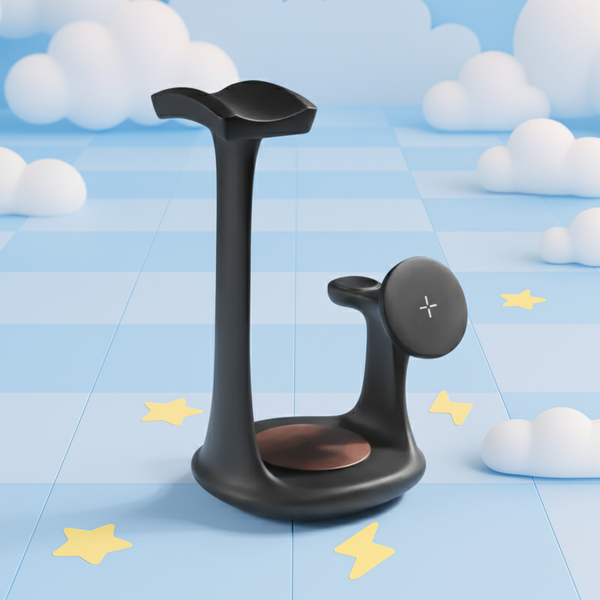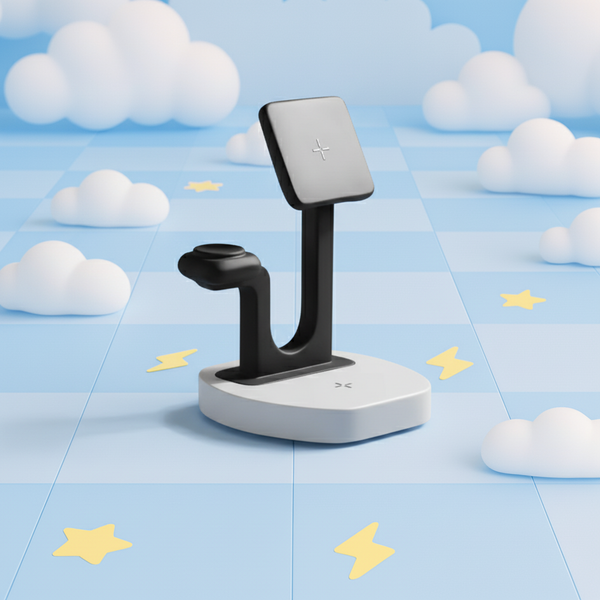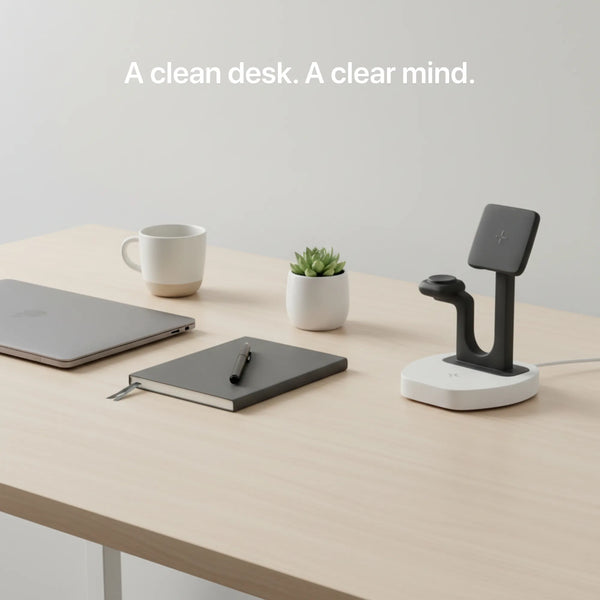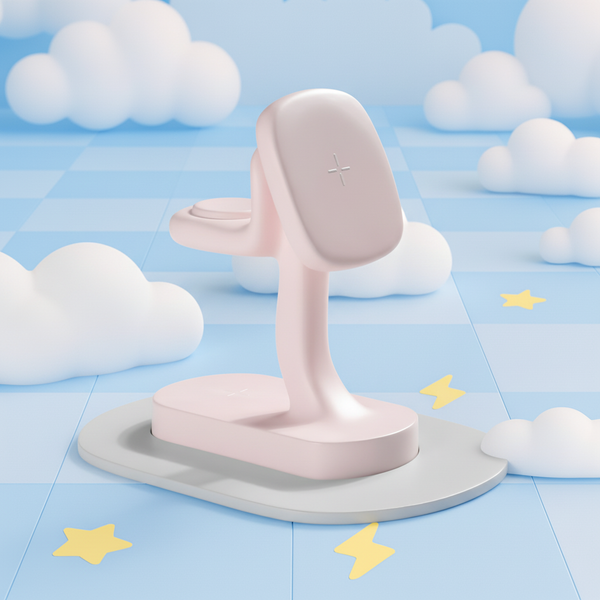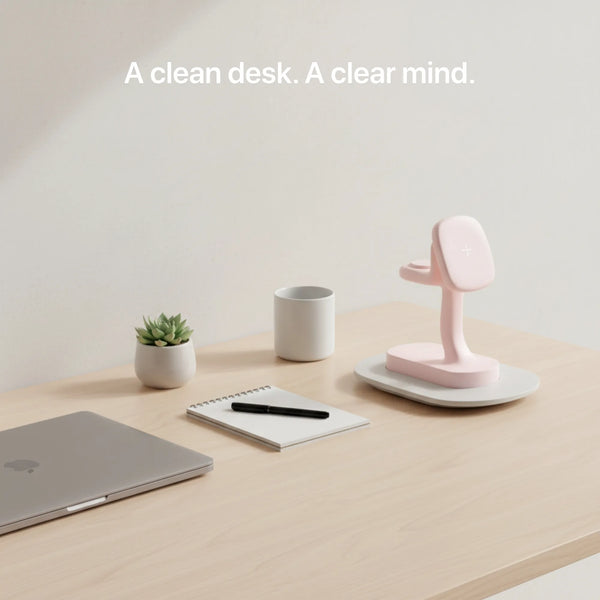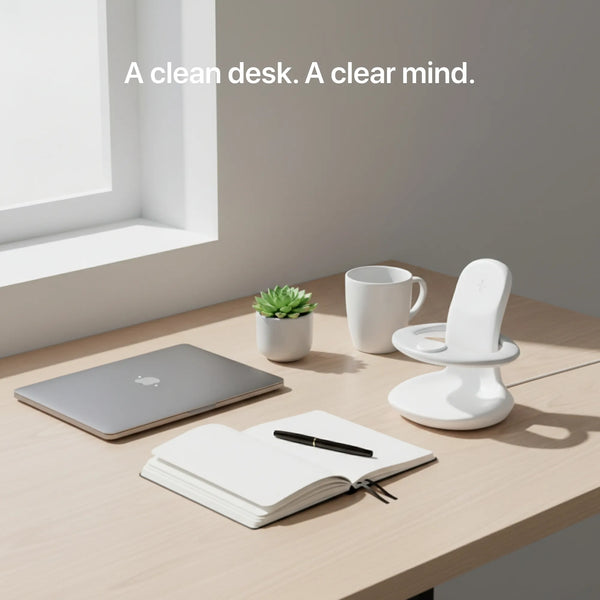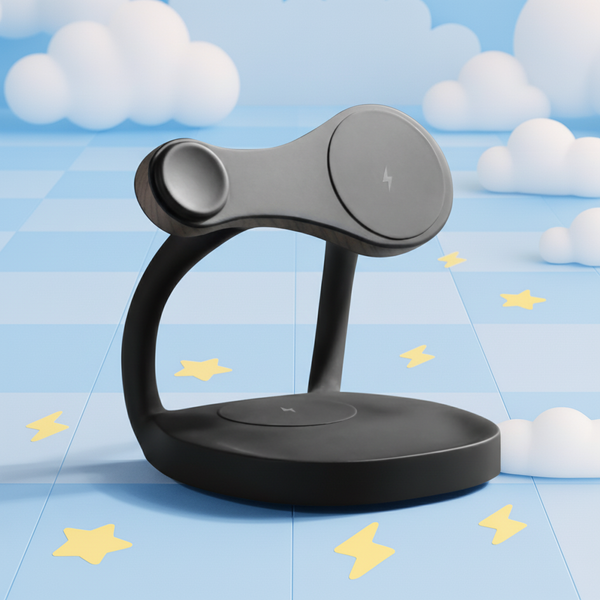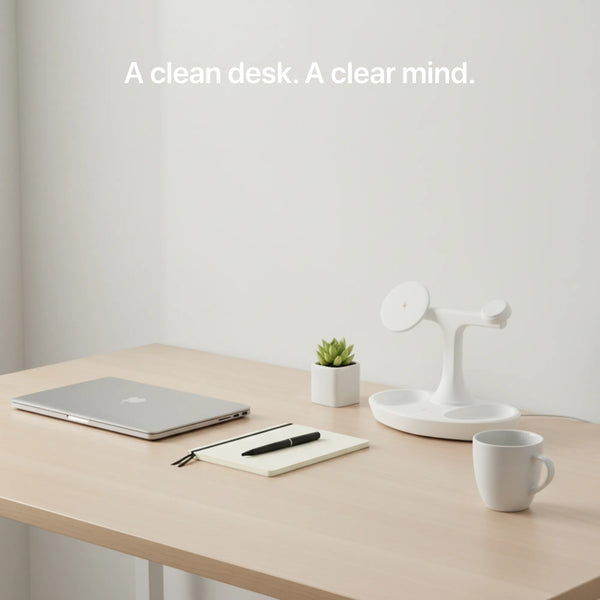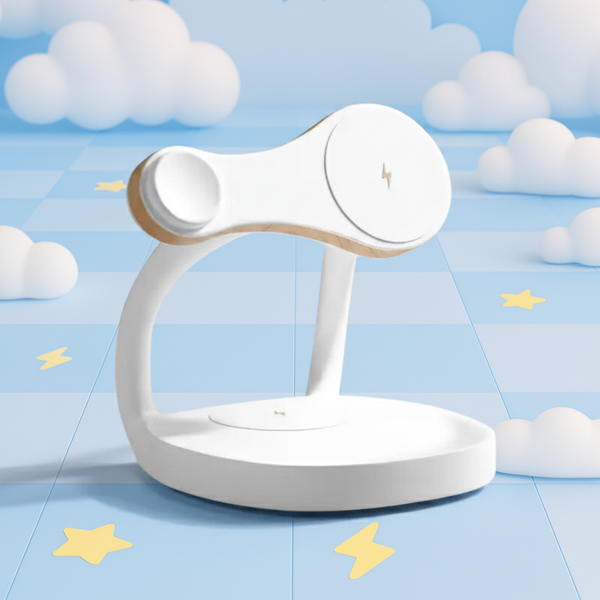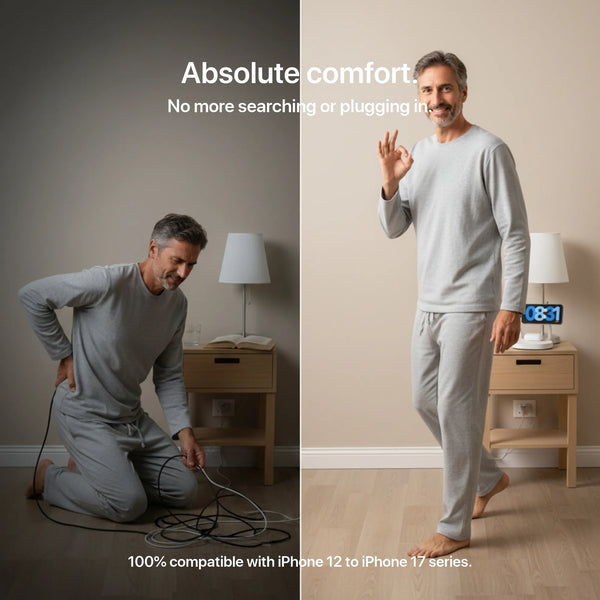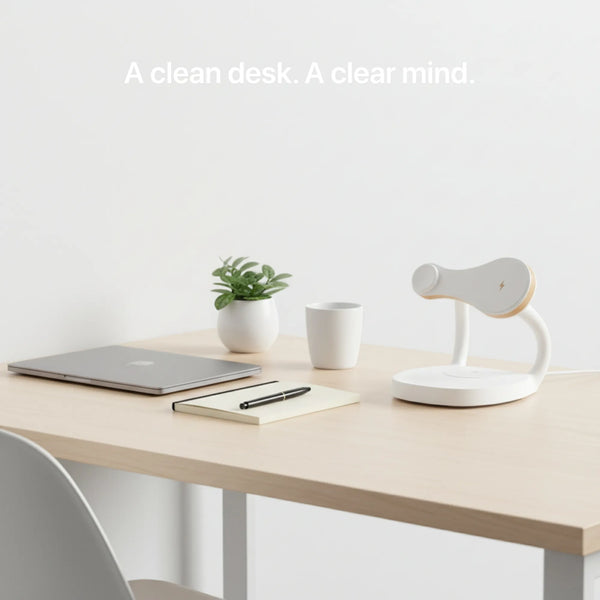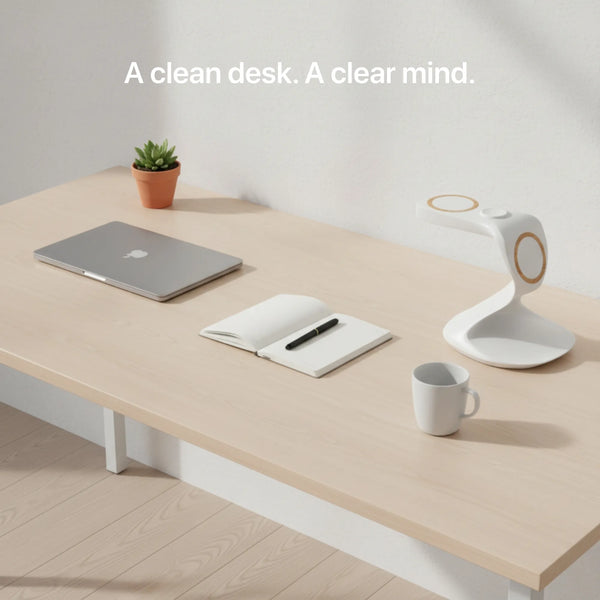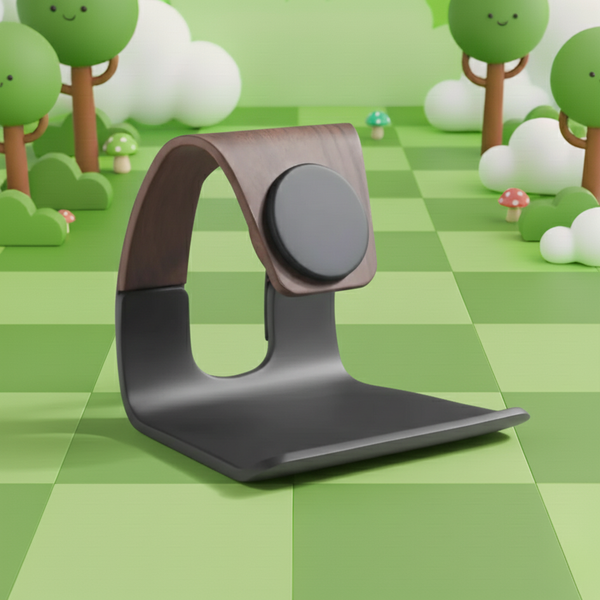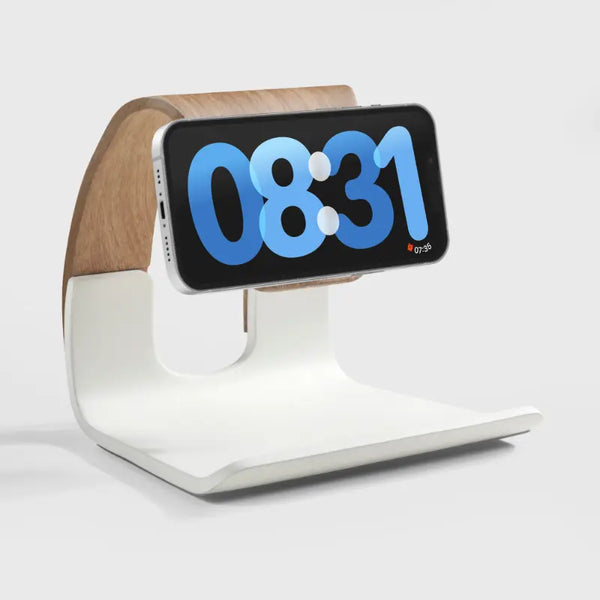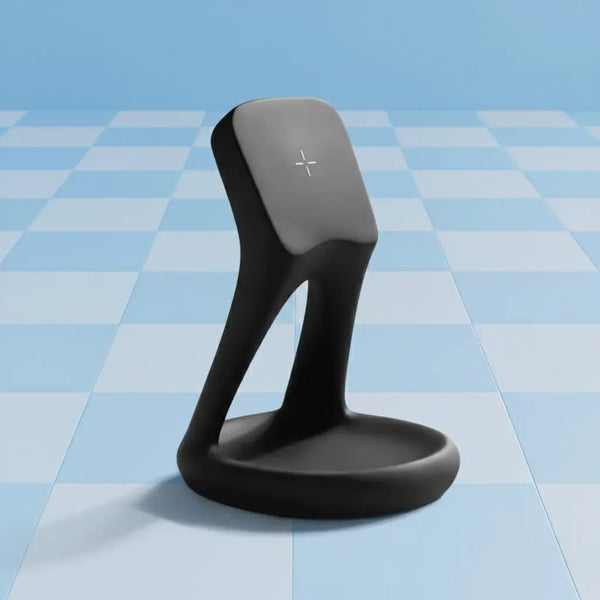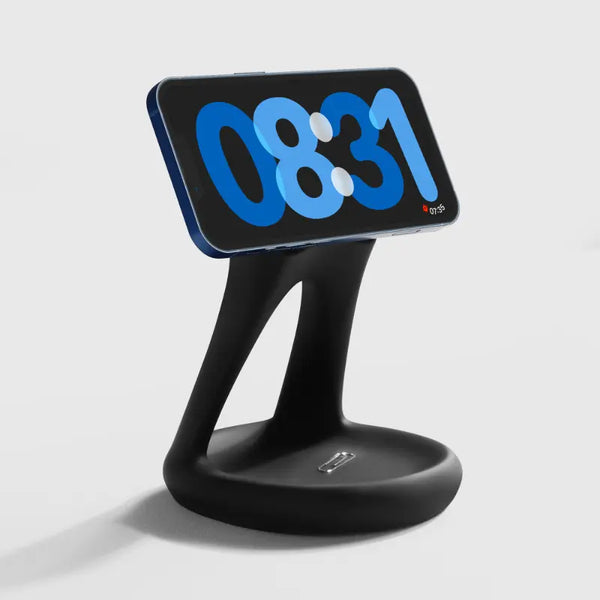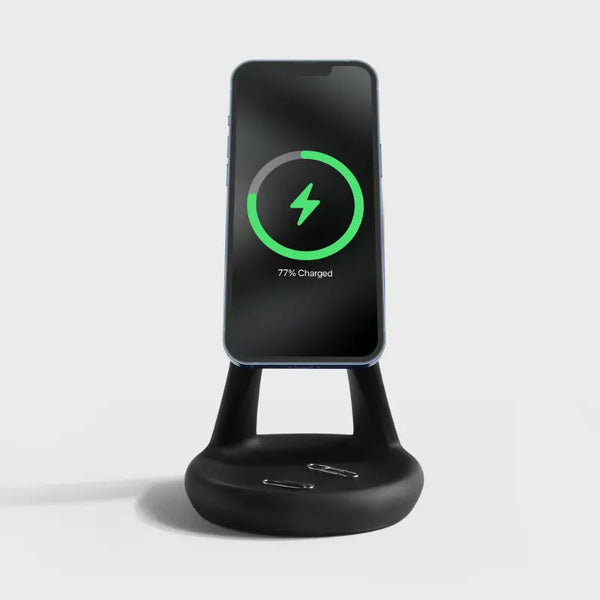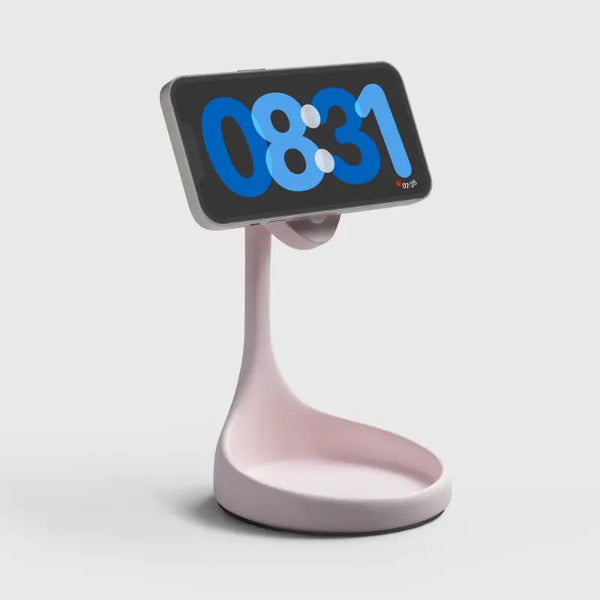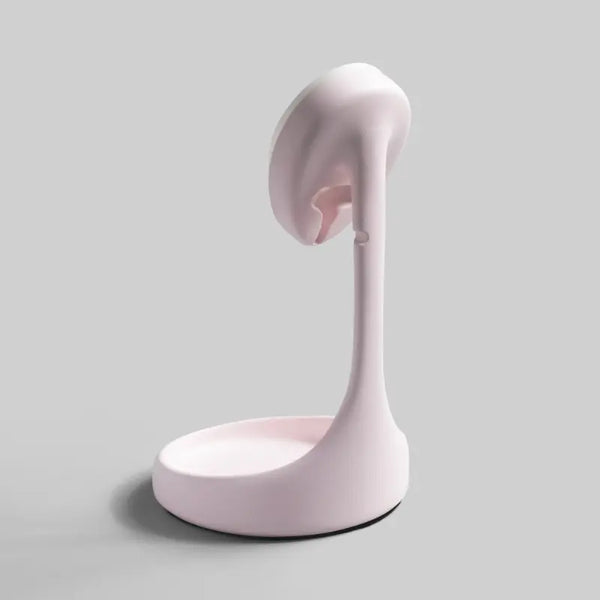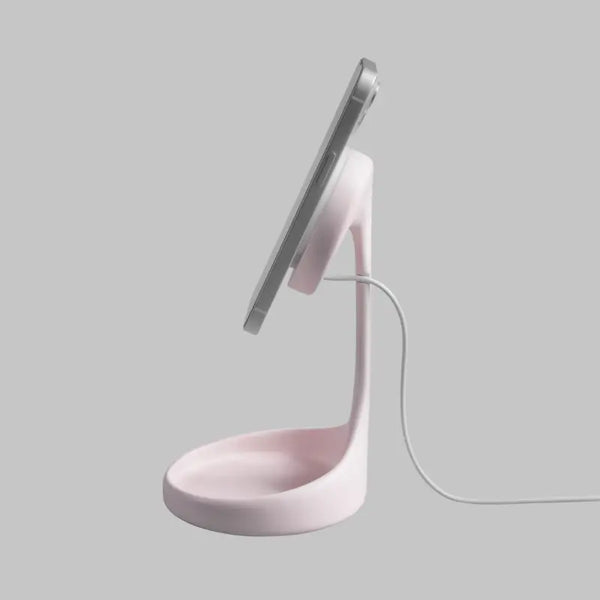With the continuing revolutions of technology in the realm of working, people tend to spend numerous hours on computers, laptops, and netbooks, which has taken a serious toll on our bodies. As it leads to repetitive stress injuries, our health is at risk.
Before these chronic pains exacerbate, it is best to consider office tools that are functional and prompt your comfort and safety.
The keyboard is the most commonly used office tool, and this is where the health risks set foot in. Workers may suffer from painful strains and unproductive performance with a standardized design and proper support. With this in mind,
keyboard wrist rests are the perfect match whether you're into standard keyboards or ergonomically-designed ones.
Why would you need a wrist rest in the first place?
When typing tasks on a computer keyboard, people tend to raise their shoulders, tense their arms, and assume awkward positions with their hands. Some tend to raise their wrists while typing, others put a lot of weight through their wrists while both typing and resting between tasks. The tendencies are more pronounced in those who have the wrong workplace setup, and long-term stress may injure the upper limb's delicate anatomy.
Common conditions are:
Wrist rests are thought to stop a person from raising their shoulders by providing a comfortable resting surface for the wrists. They also remove pressure between the wrist and the desk's hard surface or sharp edges. However, it is not as straightforward as it seems.
Incorrectly used wrist rests can cause a wrong angle and press on the internal structures of the wrist.
Potential problems with wrist rest
Paradoxically, having a wrist pad can predispose a person to the same issues that it was designed to alleviate. The explanation for this is simple. Firstly, heavy and frequent contact, even on a wrist wrest may still irritate wrist structures and cause tenosynovitis or carpal tunnel syndrome. Secondly, inappropriate sizes and heights of the wrist support relative to the keyboard may cause awkward hand positioning and lead to carpal tunnel syndrome, tendon injuries, and tenosynovitis.
So, should you get a keyboard wrist rest?
Whether in an office or working from home, health and safety are the same for wrists. A wrist rest can be a benefit if chosen wisely. One should first look at the overall desk arrangement. A workplace that conforms to strong ergonomic principles will decrease the probability of muscular strain and injuries and may reduce the need for a wrist rest. The main points to consider:
Your desk setup should allow you to distribute your weight to prevent heavy wrist contact on the surface. Your arms should be resting on the desk, or chair's armrests at 90-110 degrees at your elbows, preventing you from raising your shoulders.
A good wrist wrest should be soft and without sharp edges. It must match your keyboard's width, height, and slope to allow your wrist to get into a neutral (straight) position. The more bent upwards or downwards the wrists are while typing, the more stress is put on them. The flatter designed keyboards will need less or no wrist support, whereas those with increased height and slope need thicker support.
The contact on your wrist rest should be with the heels of your palms rather than your wrists.
Don't forget, a separate wrist wrest for your mouse can also be used!
Benefits of Wrist Rests
Wrist rests are a great addition to any desk setup, whether you use your computer for work or gaming. Normally when we use our keyboards, our wrists are always at an angle, which can cause some strain and even cause them to ache. By incorporating a wrist rest for your keyboard, your wrists will be elevated to the same level as your hands so that you can type easily and move your hands freely. This is especially important for long hours of gaming, a long day at the office if you're entering data, or even if you have that essay to type up for school. Now that we have covered the benefits of wrist rests let's look at the available types.
Wrist rests can come in various shapes and lengths, as there are various keyboard types and lengths. Depending on the size of your keyboard, you'll want to find one that is the same length so your wrists can easily move the entire length without losing their elevation. Aside from the different lengths, they are also made from various materials and colors, so you should choose one that would be the most comfortable for you or that you find appealing for your setup. Wood is a very popular material choice, which is used for our
Wood Keyboard Wrist Rest, and sometimes you can find one that has a mix of resin with another solid material. There are also foam wrist pads to give you that extra comfy feeling and are best if you aren't looking for anything complex and want some relief for your wrists at an affordable price.

Keyboards aren't the only item you can use a wrist rest with, as there are also mouse wrist rests. Just like with a keyboard, the hand on your mouse is at a higher elevation than your wrist, which can cause aches and strain if you're using it for long periods. Many mouse wrist rests are made from foam and will cover the length of your mouse pad so you can still move your mouse freely. It is important to look for a mouse wrist rest that will work with your mouse and setup, as if not used correctly, it can hinder your mouse movement. If you're constantly getting aches or any discomfort when using your mouse or keyboard, looking into some wrist rests could relieve the pain and make you much more productive.
Conclusion
It's important to remember that preventing even the smallest injuries can prevent bigger issues down the line. For that reason, everyone should do an in-office, and home working risk assessment or desk assessment and have a good ergonomic workstation. Your health is the most important thing you own, so treat it that way! Happy typing!











